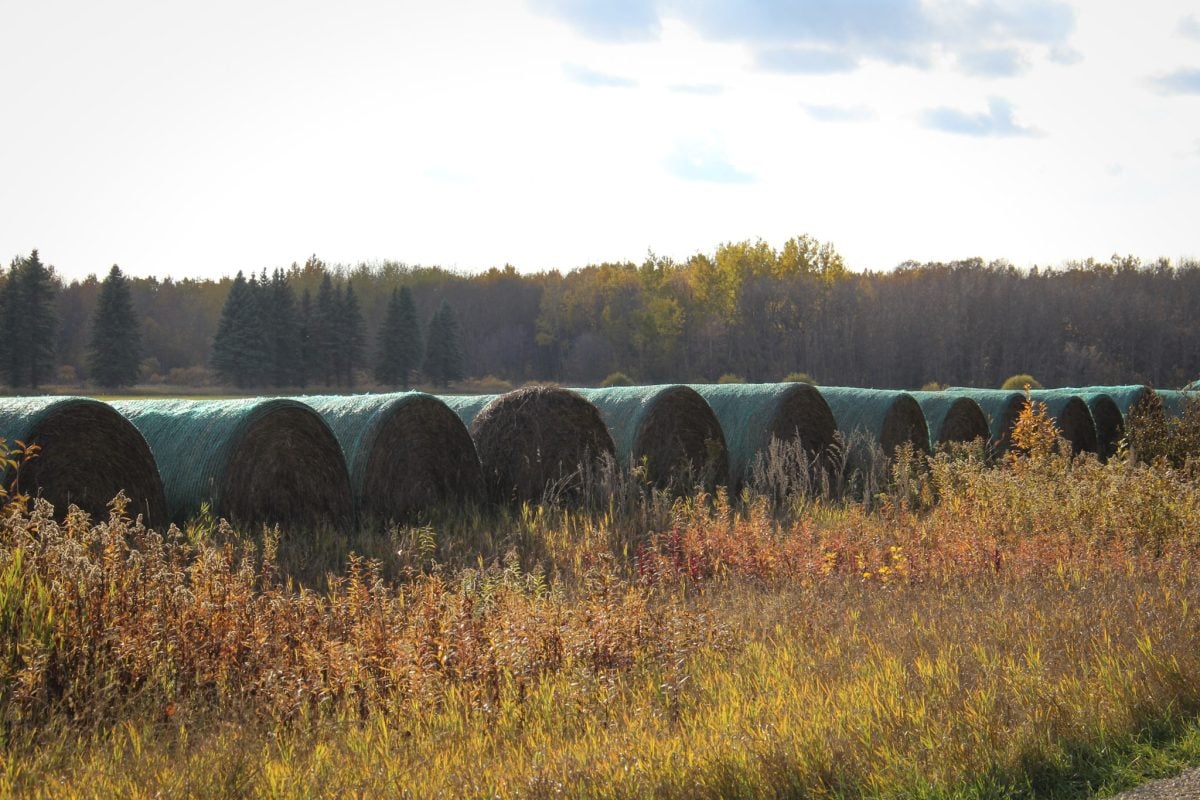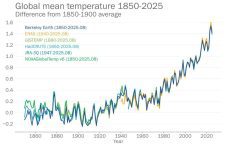The mild air flooded across the Prairies as forecasted but with a couple of deviations from the original forecast. Temperatures didn’t get quite as warm as expected, and it took a day or two longer than forecasted for the above-freezing temperatures to reach the eastern Prairies.
The weather for this forecast period will be largely controlled by a large, stationary area of low pressure in the Gulf of Alaska. This has been sending wave after wave over energy into coastal B.C. This will result in a predominately west to southwesterly flow across the Prairies—meaning a continuation of mild temperatures as Pacific air dominates.
Read Also

Prairie forecast: No real signs of winter yet
Forecast issued November 12, covering Nov. 12 to 19, 2025 Highlights Developing conditions suggest above-average temperatures, limited precipitation and light…
The areas of low pressure spinning off the parent low in the Gulf of Alaska are weakening significantly as they come on shore and cross the mountains. Two main low tracks are keeping most systems either south of the border or to the north of the Prairies.
We’ll see the last push of above-freezing temperatures move across the Prairies over the next couple of days with slightly cooler temperatures forecasted to move into western regions by Wednesday, into Saskatchewan by Thursday, and Manitoba on Friday. The weather models show an area of low pressure developing over the central Prairies this weekend with most of the snow from this system expected over the northern half of Saskatchewan and Manitoba.
As we work our way into the final days of 2024, it looks like our flow will remain westerly meaning a continuation of seasonable mild temperatures with any major storm systems looking to stay south of our region.
Alberta
It looks to be a fairly tranquil week of weather across Alberta. There will be a slow cool down with temperatures falling from the current above-freezing temperatures to daytime highs in the -5 to 0 C range by the weekend. Coldest readings will be in the north and warmest in the south.
It looks like an area of low pressure will develop over east-central region late in the week. Current indications show this low on the weak side. It’s expected to trundle into north-central Saskatchewan over the weekend. Northern and northeastern regions could see some flurries or occasional light snow from this low.
The next chance of any significant weather lis expected on Monday across southern regions as an area of low-pressure slides by to the south. Current indications are that a few centimeters of snow may fall over southwestern and extreme southern regions. As usual, these systems will need to be watched. Temperatures continue to look to be seasonably mild through to New Years.
Saskatchewan and Manitoba
These regions will see a good push of mild Pacific air on Christmas Eve and Christmas day with daytime high warming into the -2 to +3 C range. The mild air will continue for Manitoba into the weekend. Over Saskatchewan, slightly cooler air is forecasted to be pulled southwards behind an area of low pressure that’s forecasted to move into northern regions over the weekend. Little in the way of snow is expected from this low. Any snow that falls is expected over the northern half of the province.
The weather models show a split storm track across our region to end the year. One track is over the far northern Prairies and other several hundred kilometers to the south of the border. This will leave our regions in a bit of a stagnant pattern. Expect daytime highs in the -5 to -7 C range with overnight lows falling to around -10 C. Sunshine and clouds are tough to forecast under this type of pattern so expect a mixed bag of sky conditions.
— Daniel Bezte is a teacher by profession with a B.A. (Hon.) in geography, specializing in climatology from the University of Winnipeg. He operates a computerized weather station near Birds Hill Park, Man. Contact him via email with your questions and comments.

















